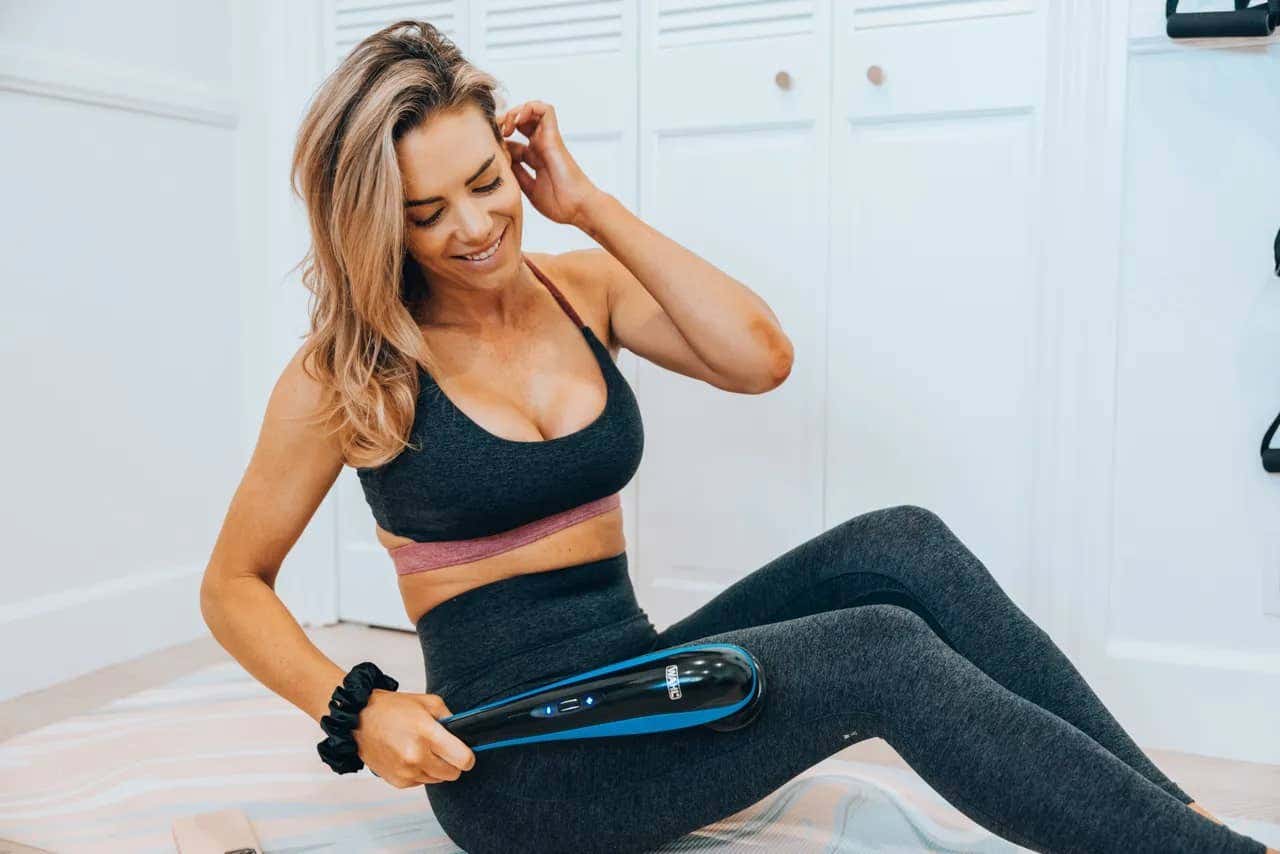One of the best ways to deal with stress is massage. Whether it’s with a handheld massager, on a professional masseur’s table or with a massage partner, it’s a wonderful way to soothe your body and melt your stress away.
Massage improves circulation, delivers oxygen to cells and lowers cortisol levels, all of which help diminish stress. Wahl has a full line of handheld massagers for at-home relief. Choose from vibratory all-body massagers, percussion deep-tissue massagers, heat therapy massagers and hot/cold massagers. Wahl massagers put relief in your own hands.
If you want to go for massage therapy, however, there are lots of options. Which style should you choose to help with stress relief? Consider these:
- Swedish Massage: The goal of this style of massage is to relax the entire body. It’s accomplished with long, smooth, gliding strokes in the direction of blood returning to the heart. The Swedish massage releases tension in muscles and breaks up muscle knots, enhancing circulation, stretching tendons and lowering blood pressure.
- Ayurvedic Massage: Popular in India, it’s one of the best massages for stress relief. It uses herbs and natural oils, as well as muslin pouches of warm rice cooked with herbs that are placed on nerve ending locations.
- Thai Massage: Based on the ancient Thai system of the body’s meridian, this style combines acupressure, Ayurvedic principles and assisted yoga positions.
- Hot Stone Massage: Volcanic hot stones are heated and laid on several key locations on the body. It loosens up muscles and promotes relaxation, which eases stress.
- Head Massage: This style focuses on the thin muscles of the scalp that hold a significant amount of tension. An especially relaxing form of head massage is Champi, which incorporates Indian oils like amla and brahmi into the massage.
- Aromatherapy Massage: Aromatic oils and lotions (often geranium, lavender and chamomile) play a key function in the massage. The scents provide extra stimulation of the senses because the nostrils are attached to the limbic system, which is an area of the brain that controls emotions and influences the nervous system and hormones.
- Acupressure Massage: Also called Auricular, this type of massage focuses on the ears and their pressure points, which correspond to the central nervous system. It encourages the release of endorphins, which are the body’s natural stress relievers. Acupressure is also used for pain relief.
- Lomi Massage: A style developed in Hawaii, Lomi massage is a style that is usually done with two masseurs. It’s a really hands-on technique!
- Kalari Massage: This style is the opposite of hand-on because it’s done using the masseur’s feet and herbal oils. It’s good for improving flexibility and releasing endorphins.
Of course, not everyone has access or the resources to go to a masseuse. Try finding a massage partner and trade off giving stress-relieving massages. There are many
different types of massage.
Here are four effective massage techniques that promote pain relief and post-workout muscle recovery:
- Effleurage Massage
In massage sessions, this is usually the opening massage technique to relax and warm up the muscles. It’s a gliding stroke that is done with soothing, circular motions. Slow strokes are relaxing, while faster strokes tend to be more stimulating.
- Petrissage Massage
This is a kneading stroke that concentrates on pressing, rolling and kneading of muscles, skin and tissues. Movements are slow and repetitive with pressure in order to loosen tight muscles and increase blood flow. Petrissage massage is most effective when used after effleurage massage.
- Tapotement Massage
This is a percussion stroke that centers on the rapid, percussive tapping, slapping and cupping of the massaged area. It’s used to more aggressively work and strengthen deep-tissue muscles. It increases local blood circulation and can even help tone muscle areas. This technique should not be used over bony areas, sensitive muscles or areas like the kidneys, spine or back of the knee.
- Friction Massage
This straightforward technique relies on the rubbing of a top layer of tissues against deeper muscle or bone. It’s typically done using the ball of the thumb or an object. It’s a deep-pressure massage done in small, circular movements to penetrate deep tissues. It helps loosens knots in muscles, increase blood flow and relieve pain. It’s very effective with tired or sore muscles. This is another massage that shouldn’t be used over the kidneys or the back of the knee.

 India (English)
India (English)
 Middle East and Africa (English)
Middle East and Africa (English)
 South Africa (English)
South Africa (English)
 Australia (English)
Australia (English)
 Japan (日本語)
Japan (日本語)
 South East Asia (English)
South East Asia (English)
 Singapore (English)
Singapore (English)
 Europe (English)
Europe (English)
 United Kingdom (English)
United Kingdom (English)
 Argentina (Español)
Argentina (Español)
 Brazil (Portuguese)
Brazil (Portuguese)
 Colombia (Español)
Colombia (Español)
 Latin America (Español)
Latin America (Español)
 México (Español)
México (Español)
 Chile (Español)
Chile (Español)
 Peru (Español)
Peru (Español)
 Canada (English)
Canada (English)


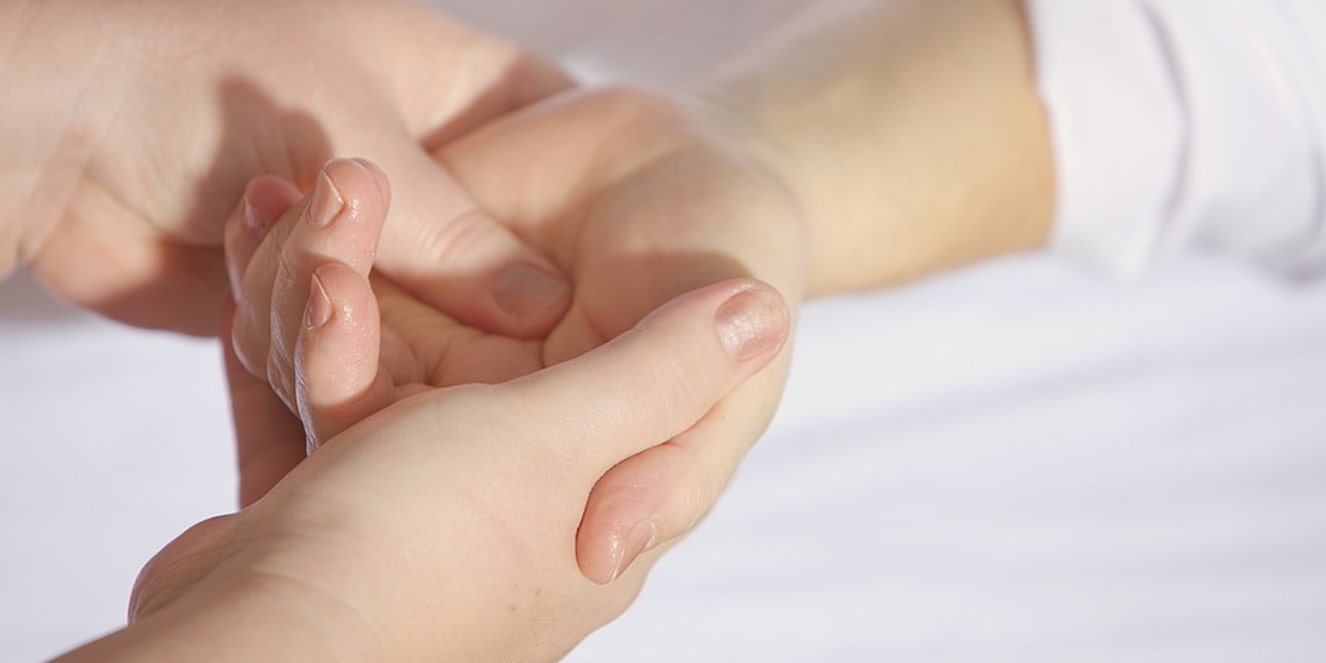
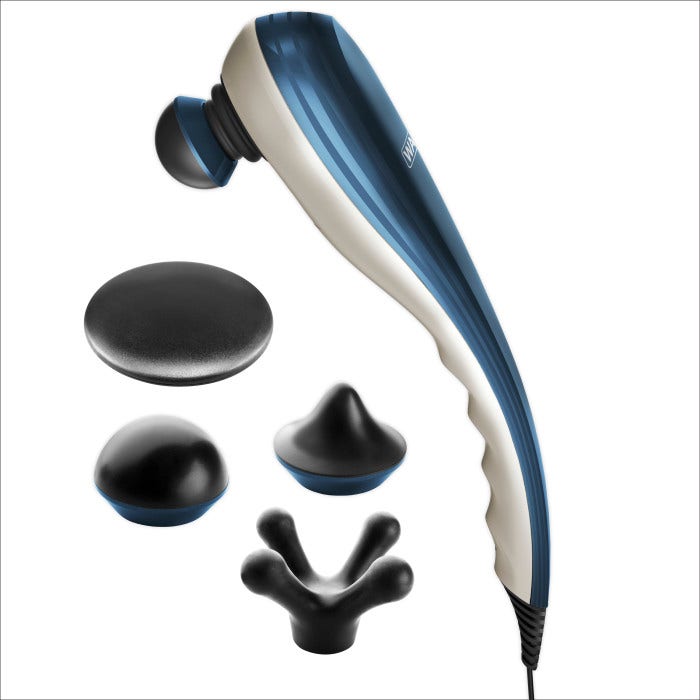
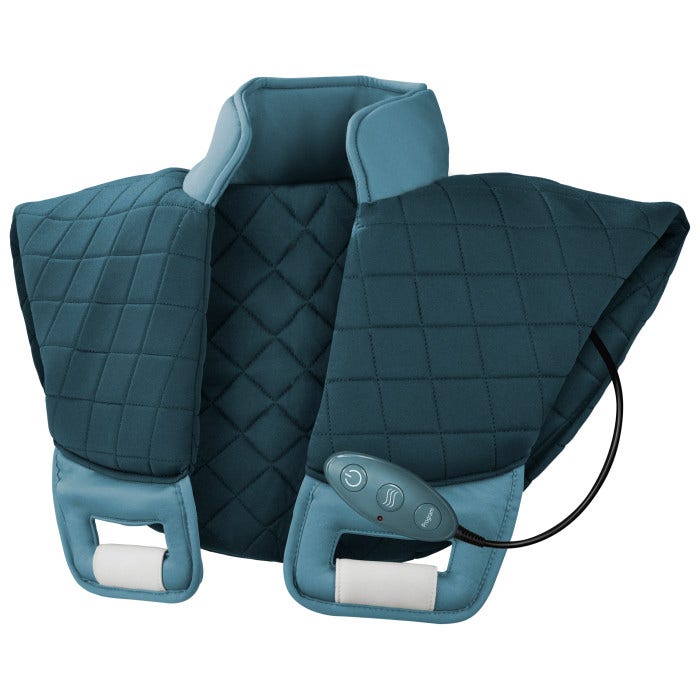
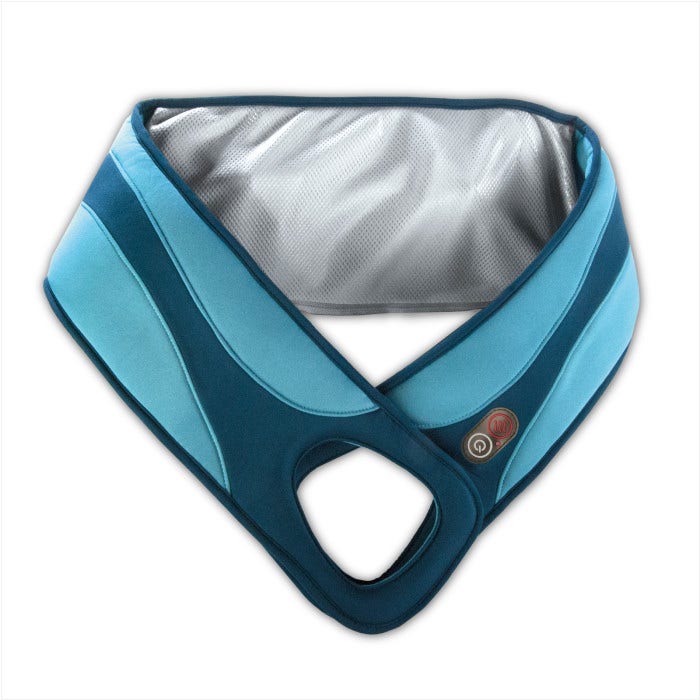
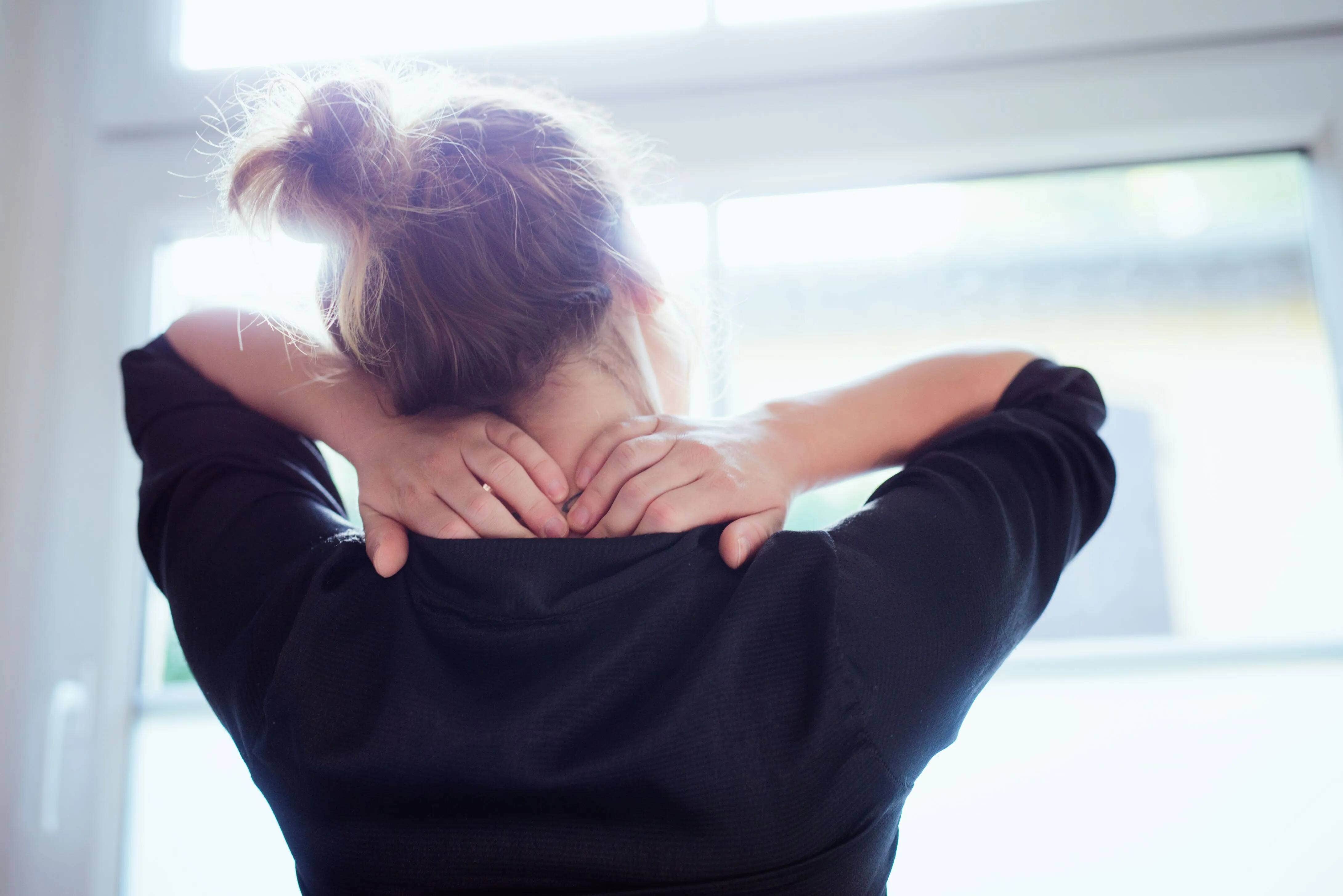
_0_0.jpg)
